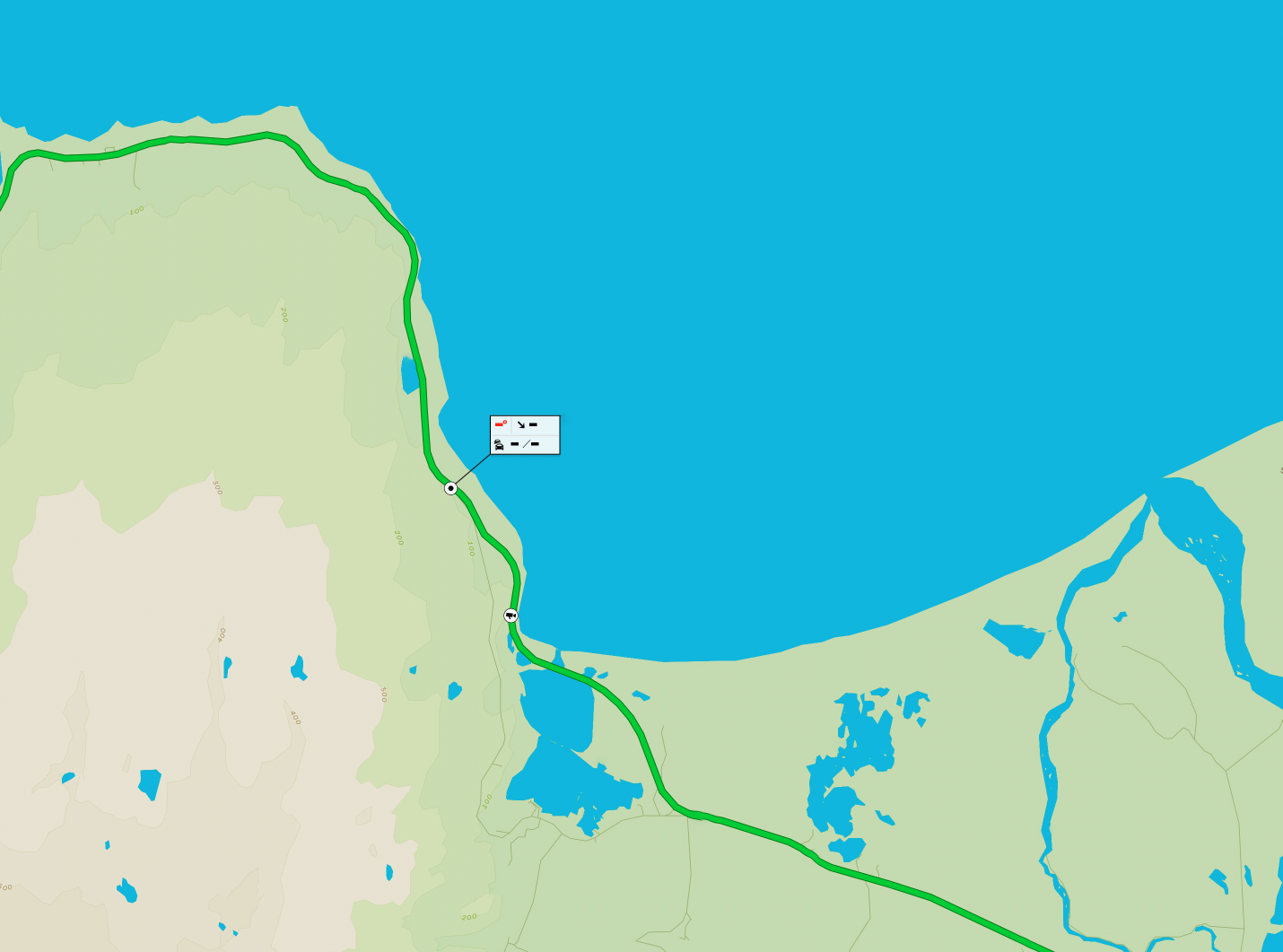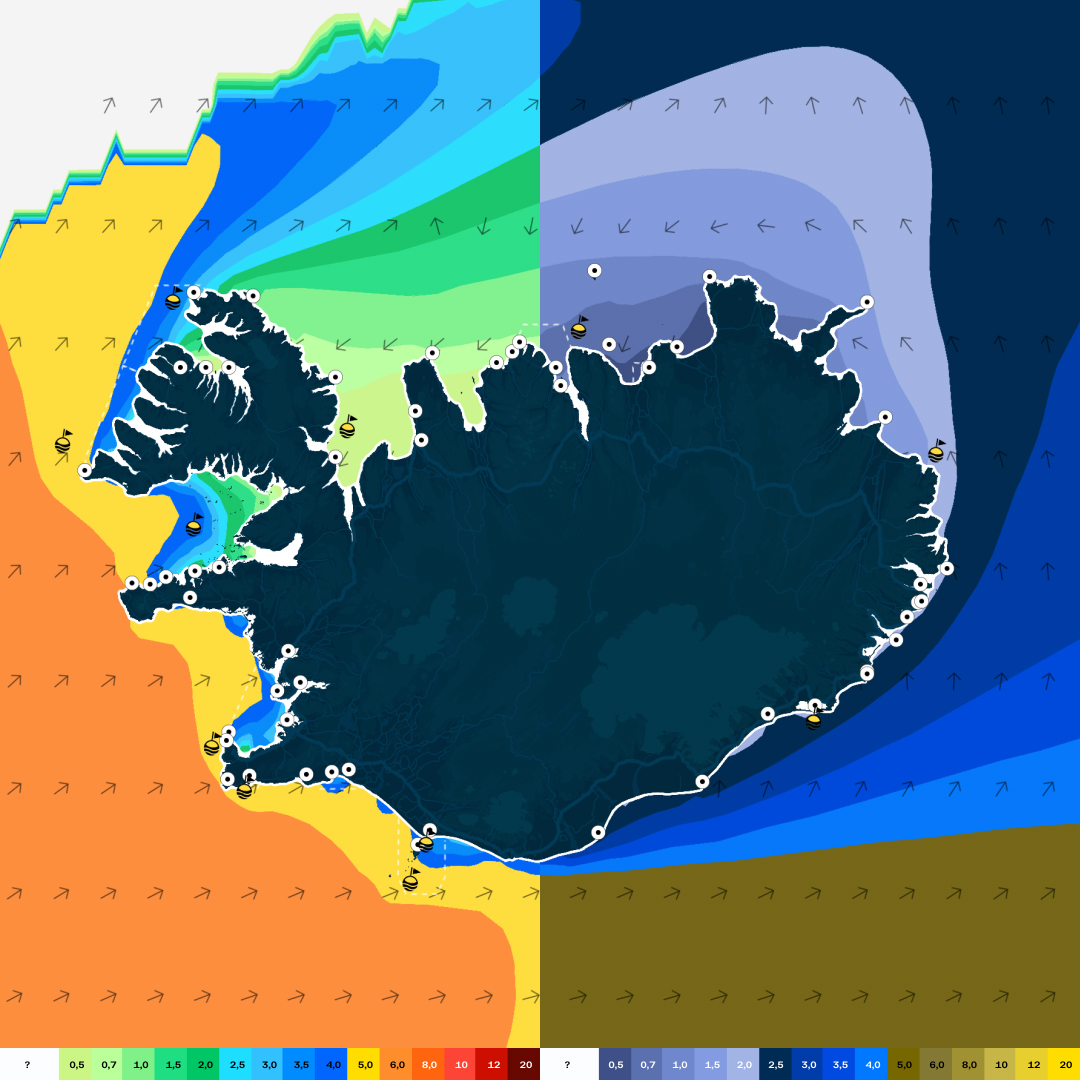PDF · febrúar 2007Water drainage beneath Skeiðarárjökull and its effects on ice-surface velocity
Wherever pressurised water exists beneath glaciers or ice sheets, increased rates of ice
movement occur due to a reduction in effective stress at the ice‐bed interface (Clarke, 2005
and references therein). Previous studies have shown how basal sliding – the most effective
form of glacier motion – is governed by the supply of meltwater to the glacier bed (e.g., Iken
and Bindschadler, 1986; Röthlisberger and Lang, 1987; Zwally et al., 2002). Sudden reductions
in effective stress, caused by enhanced ice‐surface melting, rainfall or jökulhlaup, can result
in heightened displacement rates at the glacier surface (Anderson et al., 2003; Macgregor et
al., 2005; Roberts et al., 2005). However the timing and subglacial extent of such velocity
changes are often unknown because continuous measurements of surface movement are
seldom made (Willis, 1995). In glaciated Maritime regions such as southeast Iceland, rainfall
is common throughout the year, but the responsiveness of glacier motion to varying rainfall
is unclear. Consequently, the goal of our research was: (i) to make continuous, long‐term
measurements of surface movement in the lower ablation zone of Skeiðarárjökull, southeast
Iceland (Figure 1); and (ii) to determine the influence of variations in meltwater input to the
glacier bed on rates of basal sliding

Water drainage beneath Skeiðarárjökull and its effects on ice-surface velocity












